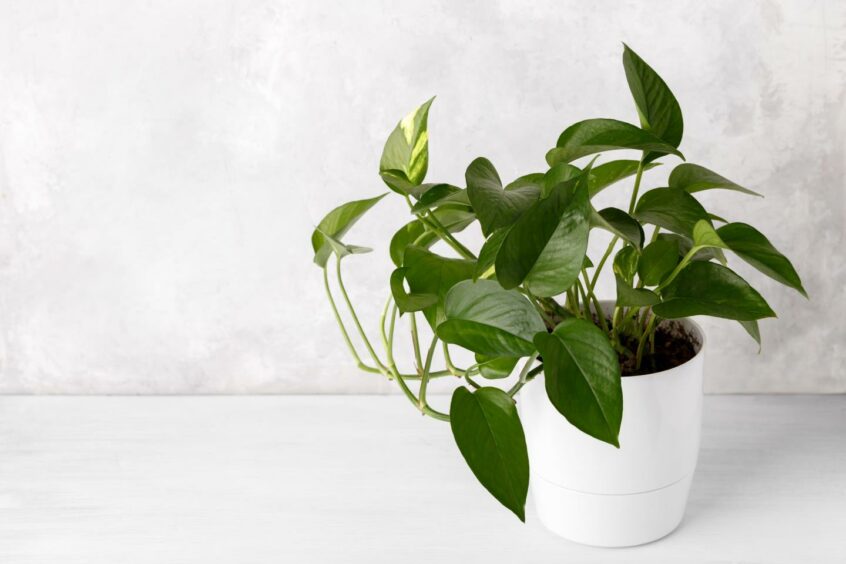Throughout lockdown, we’ve spent a lot of time inside and many have turned to houseplants to bring a little bit of the outdoors into their home.
Houseplants have numerous health benefits, including cleaning the air we breathe, reducing fatigue and even improving mood.
We spoke to gardening expert Samantha Jones from MyJobQuote about the different types of house plants and where they should be placed in each room, according to their health benefits.
Living Room – Philodendron
The living room is one of the most used spaces in a house. As a result, the space can accumulate a lot of dust.
The Philodendron collects dust due to its large and tacky leaves and works to purify the air.
Those who struggle with allergies can experience an ease in symptoms with a Philodendron present.
Kitchen – Aloe Vera
Burns are often incurred in the kitchen when cooking.
An Aloe Vera holds several healing properties.
If you burn yourself in the kitchen, you can take its leaf, split it, and use the residue to help heal the burn. This also helps to reduce scaring and the wound blistering.
Utility room – Devil’s ivy
Utility rooms rarely encounter a lot of light.
Devil’s ivy are perfect for this climate as they can grow in low lights, earning them their name.
Not only does devil’s ivy purify the air, but it also works to eliminate odours, making this plant super useful in the utility room space.
Bedroom – Snake Plant
Snake Plants are not only low maintenance, but they also work to filter the indoor air.
The Snake Plant is one of the only plants that can transform CO2 into oxygen throughout the night, regulating the rooms air stream.
The plants’ ability to absorb, toluene, benzene and formaldehyde shows the snake plant can also work to combat allergies.
Home office – dragon tree
Exeter University found that the presence of indoor plants boosts concentration and general wellbeing by 47%.
The university found they can even improve memory by 20%.
Another air purifying plant, the Dracaena Marginata, or “dragon tree” can remove pollutants from the air.
The plant also increases humidity, as when its photosynthesis, it releases moisture into the air.
A dragon tree offers a great way to boost concentration levels and combat dry air.
Bathroom – Boston Fern
Ferns love a shady and humid climate, so they are perfect for the bathroom. A Boston Fern improves air quality and increases humidity.
Ferns also reduce formaldehyde, a toxin often found in cosmetics that are used in the bathroom.
Keeping your house plants alive in winter
- Remove from radiators and underfloor heating – radiators and underfloor heating can dehydrate a plant and even burn it.
- Keep away from drafts – indoor plants should not be exposed to cold drafts. Invest in draft excluders or relocate them within the house during the colder months.
- Reduce watering – during the colder months, indoor plants require less water. You should half your plants’ usual water intake and do not feed until spring.






